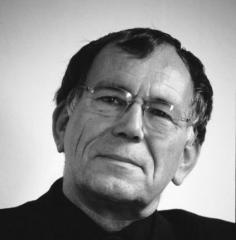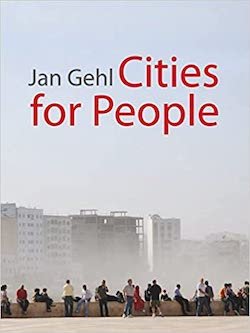

For example, he says at one point that most streetscapes would be improved if there was less space in them – I really would have expected the opposite. And some of the things said – oh, and shown, as there are lots of photos of street scenes – seemed surprisingly counter-intuitive to me. So, what does welcoming mean? Most of this book is about answering that question. Some social activities are going to fit into the necessary group too category too, but obviously, optional activities are going to be strongly impacted by the quality of the space, with you being much more likely to spend time in that space if it is welcoming. No matter how bad the space between buildings is, you are still going to have to go out into them for necessary activities – to buy food, or go to work, say. These are, or can be, overlapping categories, but they are still useful to think with all the same. Three things happen in the spaces between buildings – necessary activities, optional activities and social activities. He even says at one point that you can have buildings of fascinating shapes and any or multiple colours of concrete and that hardly matters at all if the spaces between the buildings are poorly designed. And the author is at pains to say that the spaces between buildings are often much more interesting (and important) to the life of the city, than buildings. All the same, when we think of cities we are much more likely to think about buildings than we are the spaces between them. But the thing is that both are artifacts – they are made by humans so as to serve human purposes. So, what about all of the things that appear in a city street? You could shrug this off by saying, well, a city street isn’t really a stage. All the same, this book is easier to read than most New Materialism. Items on a stage are meant to be essential, you could imagine them as being inanimate actors in the play – which is more or less the central idea of New Materialism. Well, if Goffman liked dramas, the thing to notice is that dramas happen on stages with props, and, as Chekov liked to say, if there is a gun on a wall at the start of the play, it had better have gone off by the third act. So, this seemed right up my alley, so to speak.

Well, that and Goffman’s symbolic interactionism – the idea that many of our interactions can be understood as little dramas. I’ve been fascinated by the whole idea of place and space for a very long time. About a week ago, someone liked one of my reviews and after I clicked onto their profile I noticed they had reviewed this book.


 0 kommentar(er)
0 kommentar(er)
